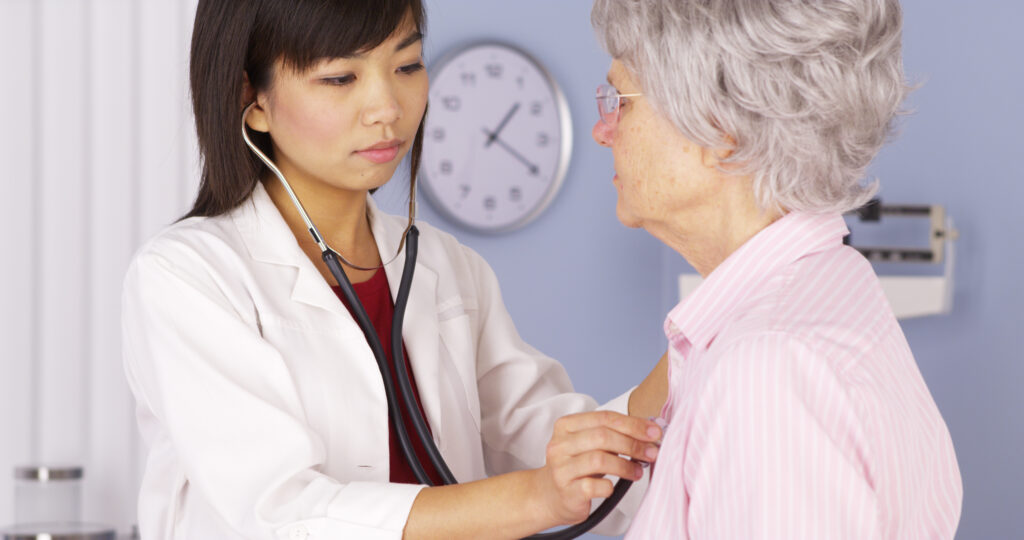
Many guidelines recommend screening mammography every 1-2 years for women older than 40 years; more than 70% of women now participate in routine screening. This study which includes HIP Investigator Dr. Maureen Smith examines the societal impact of screening practices over the past decade in the United States on costs and quality-adjusted life-years (QALYs).
This study used a discrete-event simulation model of breast cancer epidemiology to estimate the costs and the number of QALYs that were associated with observed screening mammography patterns. They found that as a result of the screening program in place during the 1990s, U.S. women gained 1.7 million QALYs at an additional cost of nearly $63 billion. The model also predicts that, with screening, approximately 25% more breast cancers were detected overall compared with no screening.
Read More